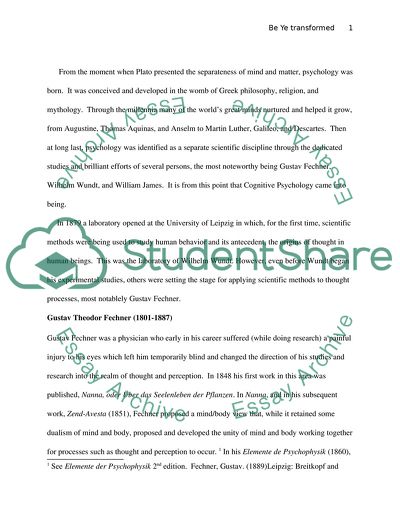Cite this document
(Cognitive Psychology and Its Application to Brain, Mind, and Beliefs Essay, n.d.)
Cognitive Psychology and Its Application to Brain, Mind, and Beliefs Essay. https://studentshare.org/psychology/1713909-nt-in-review-cognitive-psychology
Cognitive Psychology and Its Application to Brain, Mind, and Beliefs Essay. https://studentshare.org/psychology/1713909-nt-in-review-cognitive-psychology
(Cognitive Psychology and Its Application to Brain, Mind, and Beliefs Essay)
Cognitive Psychology and Its Application to Brain, Mind, and Beliefs Essay. https://studentshare.org/psychology/1713909-nt-in-review-cognitive-psychology.
Cognitive Psychology and Its Application to Brain, Mind, and Beliefs Essay. https://studentshare.org/psychology/1713909-nt-in-review-cognitive-psychology.
“Cognitive Psychology and Its Application to Brain, Mind, and Beliefs Essay”. https://studentshare.org/psychology/1713909-nt-in-review-cognitive-psychology.


